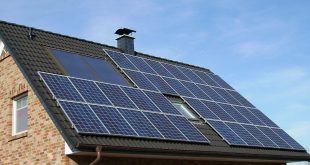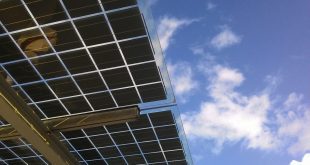Bathrooms are notorious for water consumption within the home. According to Earth Easy, a massive 75% of all indoor water use happens in the bathroom and the toilet is responsible for a quarter of that. In order to practice water conservation, regular plumbing maintenance and a modern bathroom suite is essential. If you prevent climate change by reducing your water usage then read on for a few plumbing and decorating tips that can keep your water waste to a minimum.
Regular maintenance checks can help to nip any bathroom leak problems in the bud. A tap that drips approximately every 2 seconds can waste over 200 litres of water each month. To put that into perspective that’s the equivalent of 100 large bottles of fizzy pop! Not only is that an incredible waste of water, it’s also a massive money eater.
Taps
When you’re checking for leaks, don’t neglect your kitchen taps as they can also spring a leak. Generally speaking, a leaking tap usually needs the washer replacing which can be done with a few minutes of spare time and touch of DIY. Also, if your tap’s loose it may be harder to fully turn off, making a dripping tap a more common sight.
Toilets
Leaking toilets can be the largest waste of water within the home – a leaking toilet can waste thousands of gallons of water each year. If you suspect your toilet may have a leak, use a few drops of food colouring and drop them into your cistern. If the food colouring appears in the toilet bowl without flushing the toilet, then you have a leak. Some leaks are barely visible so if your water bill’s unusually high then use the food colouring trick.
Showers
Damaged showerheads can also leak copious amounts of water as you have to turn the tap on a higher flow to achieve the desired power. Fixing a showerhead is typically a simple task but if you decide you’d like a new shower head there are eco-friendly options which can save water. They generally provide the same power output but have a water control gauge which helps conservation.
Damp
If you see any patches of damp in the room below your bathroom some serious investigating is in order. Explore your bathroom to see if you can see any change in your flooring – perhaps it’s bumpy or risen in one particular area, or discoloured. This could indicate a leak under the floor in your bathroom which can be a serious problem. Not only would this be wasting water, in the worst case scenario, it could cause the bathroom floor to collapse. Water damage in the home can cause devastating effects both financially and emotionally, so regularly check your flooring for any indication of a leak.
Practicing water conservation can help you to save the environment and money. If you modernise your bathroom to make sure it has the most energy efficient models possible, and do regular maintenance checks to source and rectify leaks you can reduce your water waste and consumption – helping both the environment and your pocket.
 Alternative Energy HQ solar power for homes, wind energy, and bio fuel issues
Alternative Energy HQ solar power for homes, wind energy, and bio fuel issues







